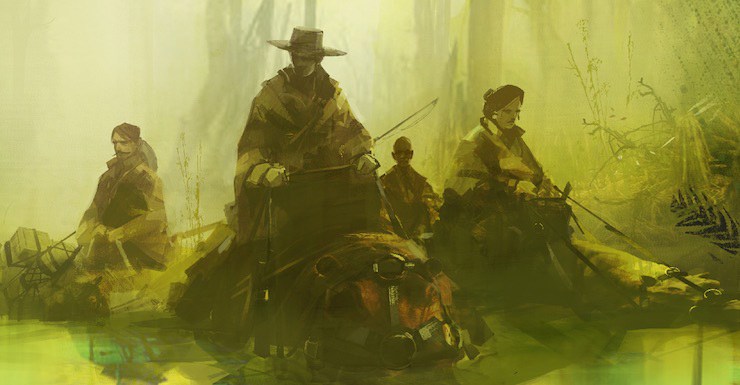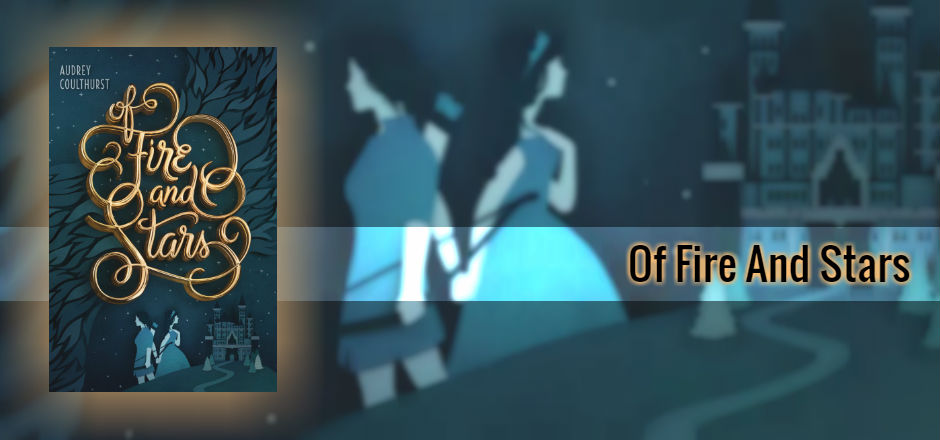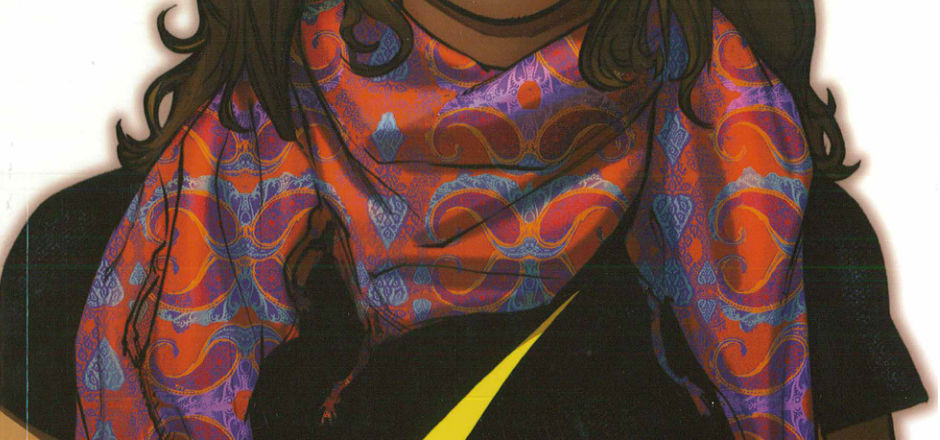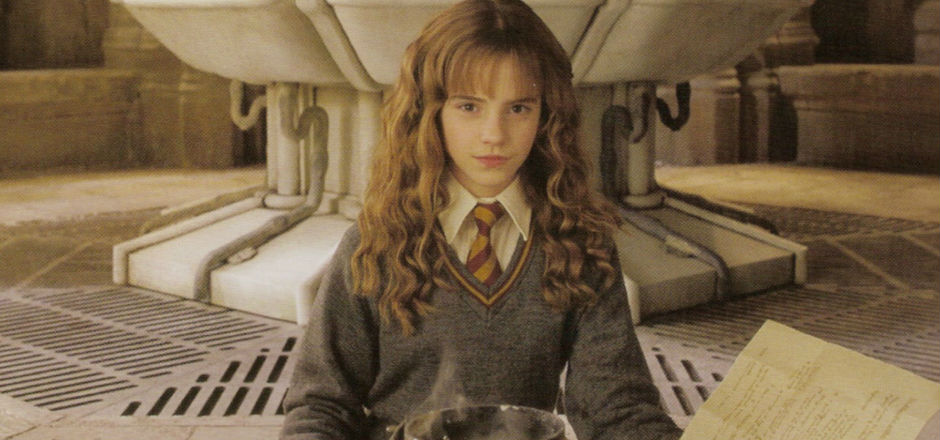When anyone mentions books that introduce children to concepts of feminism, the titles that usually come to mind aren’t ones written at the turn of the 20th century, before women had the right to vote, when women were expected to become wives and homemakers and not much else. But if I had to pick a book for a girl under 12 to help her understand the ideas that have motivated me since that age, Anne of Green Gables is the first title I’d hand her.
Anne of Green Gables by Lucy Maud Montgomery was first published in 1908 and tells the tale of the orphan raised by Marilla and Matthew Cuthbert in Avonlea, Prince Edward Island, who had wanted to adopt a boy to help around the farm but received 11-year-old Anne Shirley instead. Marilla wants to send Anne back — in 1908, girls were certainly worth quite a lot less than boys — but the girl’s imagination and desire for a family wins her over, and Anne becomes a permanent fixture at Green Gables.
Anne’s beginnings at Green Gables represents a simple ideal of feminism: that her worth is considered diminished because of her gender. Marilla is very straightforward about this at first: “Matthew Cuthbert, you don’t mean to say you think we ought to keep her! … What good would she be to us?” (page 31). Prior to arriving in Avonlea, Anne was taken in as an orphan by the Thomases, who had her to help raise their four children, and then by the Hammonds, who needed help managing their eight children; for much of Anne’s early life, her inherent value is equal to her ability to take care of children — not her intelligence, her personality, or anything else that makes her completely and totally Anne Shirley.
[blocktext align=”right”]Matthew Cuthbert, you don’t mean to say you think we ought to keep her! … What good would she be to us?[/blocktext]After she’s taken in by the Cuthbert siblings, though, Anne’s value shifts: she starts attending school, where she becomes the intellectual rival of Gilbert Blythe. Though the rivalry stems from a rather childish and vain incident in which he calls her “Carrots,” Anne’s determination brings her to the top of the class, though maybe you could call it her stubbornness instead.
Here, readers start to see concepts of feminism coming into play, though a child would read the book differently. Anne starts to be treated as an individual with worth that goes beyond her ability to take care of babies, and her more unique talents for English and poetry are recognized not only by her teachers and classmates, but the rest of the town as well.
In fact, her academic skill leads to a recommendation for Anne to join a class to prepare for the entrance examination to Queen’s in order to become a teacher. The Merriam-Webster definition of feminism is “The belief that men and women should have equal rights and opportunities,” and teaching was one of the only occupations that gave women and men the same level of opportunity. The Queen’s class includes seven students — three boys and four girls — with Anne and Gilbert’s rivalry topping the class in academics.
Almost more surprising is the reaction of the very conservative, very modest Marilla when Anne’s teacher asks for Anne to join the class. “When Matthew and I took you to bring up we resolved we would do the best we could for you and give you a good education. I believe in a girl being fitted to earn her own living whether she ever has to or not,” she tells Anne on page 261. Armed with the Cuthberts’ faith in her and her own abilities, Anne attends Queen’s — and receives the top rank not only among Avonlea school, but all of Queen’s.
The feminism in Anne of Green Gables is a quiet sort, not the kind that shouts and screams and waves a sword but the sort in which an everyday girl uses her everyday abilities and intellect to exceed the limits placed on her. In many ways, feminism is just about girls who want to have the same chance to succeed as boys, and Anne Shirley shows young girls that there’s nothing wrong with being smart — and it’s okay to push themselves to become the best.
Feliza Casano also believes in a girl being fitted to earn her own living. She is a fan of anime, manga, and every sort of book as well as editor in chief at Girls in Capes. She writes for all sections of the site, and she’s the one behind GiC’s Facebook and Twitter. Follow her on Twitter @FelizaCasano.
She previously wrote about Anne in the Editor’s Letter for the Throwback Issue. She also named 5 Female Heroes in YA to check out if you enjoy young adult books.
All citations in this article are from the 2014 paperback edition published by Sourcebooks Fire. You can find the full series on IndieBound: Anne of Green Gables, Anne of Avonlea, Anne of the Island, Anne of Windy Poplars, Anne’s House of Dreams, and Anne of Ingleside. Original photo used in the header of the Green Gables house on Prince Edward Island from Prince Edward Tours.






This is wonderful! I always loved the Anne of Green Gables books growing up, in large part because Anne herself was so spunky and independent. I clearly need to reread the series with a feminist outlook.
It’s definitely worth a re-read, even if it’s only for how funny the series is. There are some things that come across as very strange in a twenty-first century reading, but when you read it while thinking about the most basic ideas of feminism – that girls deserve to have the same opportunities as boys – it’s really fascinating.